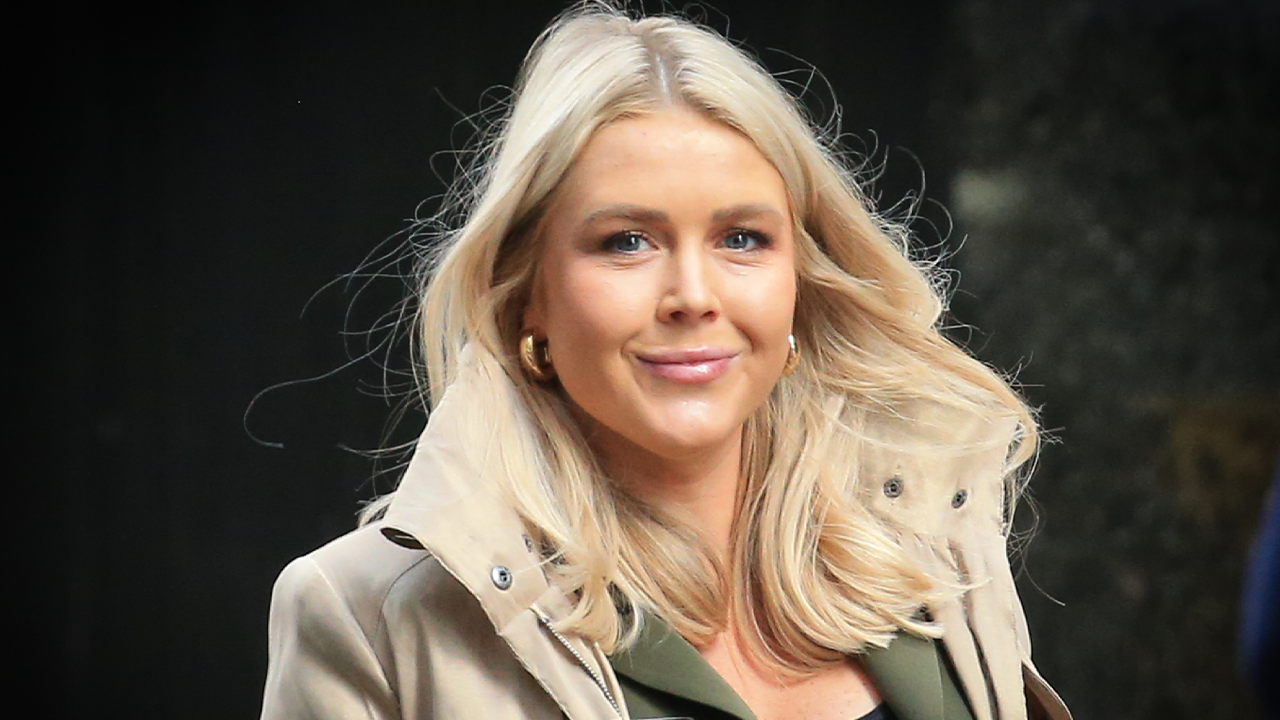Female elephant seals are not delicate creatures. They are rippling tubes of muscle and blubber that can weigh more than 1,000 pounds. Still, female elephant seals are absolutely dwarfed by their male counterparts, which are typically at least three times heavier.
It is an extreme case of what is known as sexual size dimorphism, and one that fits within a longstanding narrative that male mammals tend to be larger than female ones.
A new analysis of a diverse array of more than 400 mammalian species paints a more complex picture. Males outweigh females in 45 percent of mammalian species, scientists found. But in nearly as many — 39 percent — both sexes are the same mass. And in 16 percent of species, females are the heavier sex.
“What we found is that there is no norm,” said Kaia Tombak, a postdoctoral researcher at Purdue University and an author of the new study, which was published in Nature Communications on Tuesday.
The conventional wisdom about male size may derive, in part, from biases in scientific literature, which has disproportionately focused on mammalian species in which larger males are common, Dr. Tombak said.
It is not the first study to challenge the size narrative, which dates back to at least Charles Darwin in the 19th century. But it highlights the need to conduct more research into the varied mating systems, reproductive strategies and evolutionary forces shaping mammals, scientists said.
“There is this disconnect between what the data is actually showing and these assumptions that a lot of people, including a lot of evolutionary biologists, have,” said Catherine Sheard, who is an evolutionary biologist at the University of Aberdeen in Scotland and was not involved in the research.
There is a well-established theoretical basis for the idea that male mammals would evolve to be larger than their female counterparts. The idea is that because female mammals invest so much in their offspring, they are the choosier sex. As a result, males may have to compete with each other for mates; if those competitions involve physical conflict, it could fuel selection for bigger and stronger males.
With elephant seals, for example, males face off in brutal physical bouts for access to large harems of females. Only a tiny percentage of males — the biggest and strongest on the beach — get the opportunity to mate.
That male-male competition dynamic is “quite common” in mammals, said Dr. Tombak, who conducted the study as a postdoctoral researcher at Hunter College. “But it’s not the only force, and not necessarily even the strongest force, acting on relative body size.”
Dr. Tombak and her two coauthors, both based at Princeton University, pulled from a variety of previous studies to compile and analyze detailed data on the body mass of 429 mammalian species. (Body mass is not the only measure of an animal’s size, but it is a widely used and easily available one.) The final selection of species was designed to capture the richness and diversity of mammalian life.
“They’ve gone for really high-quality data, for data breadth,” Dr. Sheard said.
Larger males were most common in carnivores, primates and even-toed hoofed animals, three categories of mammals that are often the focus on research on sex-based size differences, the researchers noted. For carnivores, 87 percent of the species included in the analysis had larger males than females. The same was true of 79 percent of even-toed hoofed animals and 62 percent of primates.
But rodents and bats account for more than half of the mammalian species on the planet. And in 48 percent of rodent species in the study, males and females were the same size. (Males were larger in 44 percent of rodent species.) In 46 percent of bat species, females were the bigger sex; male bats outweighed females in just 18 percent of species.
“The diversity that bats and rodents represent is underappreciated and under-studied,” V. Louise Roth, who is an evolutionary biologist at Duke University and was not involved in the research, said in an email. That may explain “why the notion that males are generally larger in mammals has been so persistent,” she added.
There are a variety of reasons that females might benefit from being big, Dr. Tombak said. What sets bats apart from other mammals is that they fly, which requires an enormous amount of energy. Large females might be better equipped to carry their developing fetuses and young offspring through the air.
More broadly, the “big mother” hypothesis, outlined by the biologist Katherine Ralls in the 1970s, suggests that large females might have bigger young, which are more likely to survive, and provide better nourishment and care. If that favors selection for larger females, and sexual competition favors selection for larger males, the result might be both sexes being roughly the same size, Dr. Tombak said. “You have these two forces that are kind of pushing body size up on both sides,” she said.
The findings are based on just 5 percent of all mammalian species, and are far from the last word on the topic, the researchers said.
But the paper is a useful demonstration of how much variation exists in animals, said Robert Cox, an evolutionary biologist at the University of Virginia who was not involved in the study. “It’s nice to be reminded that some of the things that we say as generalizations break down when you consider the specific details,” he said.





